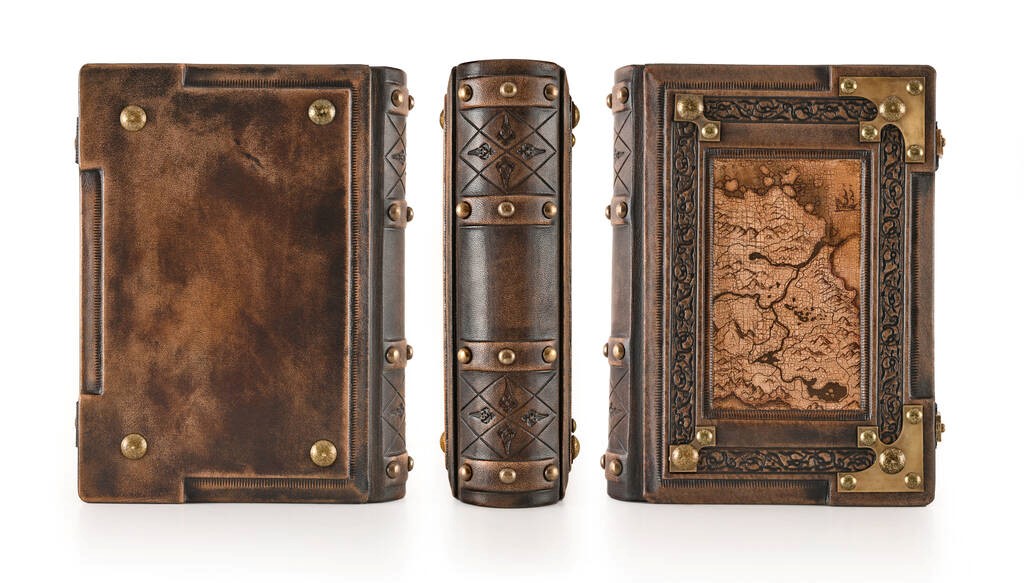How Fantasy Book Cover Design Influences Readers’ Perceptions and Choices

In the world of books, the saying “don’t judge a book by its cover” might hold some moral weight, but when it comes to reader choices, the cover design is often the very thing that influences first impressions. For fantasy novels especially, where stories are built on imagination, wonder, and otherworldly realms, the cover design plays an essential role in shaping the reader’s perception. Fantasy book covers don’t just set the tone of the story; they create an immediate emotional response, build curiosity, and serve as a bridge between the reader’s world and the fantastic journey within.
- Visual Clues to the Story’s World
Fantasy book covers are packed with visual clues that offer hints about the world readers are about to enter. Elements like landscapes, characters, creatures, or mystical artifacts all create a sense of the story’s setting and genre. A cover depicting a dragon flying over a medieval castle instantly signals that the story might involve epic quests, magic, and mythical creatures. A cover with a lone hero holding a glowing sword against a dark, stormy backdrop hints at a tale of bravery and struggle.
These visual hints help readers find out how the storyline goes and if the book aligns with the type of fantasy they love. High fantasy, urban fantasy, or dark fantasy — each sub-genre has its own aesthetic style. Readers looking for epic high fantasy might gravitate toward covers with castles, grand landscapes, and detailed costumes, while those interested in urban fantasy may prefer cityscapes blended with magical or supernatural elements.
- Setting the Tone and Atmosphere
Fantasy is a broad genre encompassing everything from light magical fiction to dark high-powered ones. Appeal choice, including the cover’s color, the type of fonts used and the artwork to the book also reflects the general atmosphere of the book. Large, luminous and cheerful are the examples of successful cover design direction towards creating the effect as if the reader has been invited into a fabulous world, whereas plasma, dour, gothic principles can send the message that the imagination of the reader is about to be plunged into mystery.
It is expected for a cover of a dark fantasy book: dark purples, blacks, reds, which is illustrated by a blood-red moon or shadowy figures. On the other hand, a cover that is full of pastel shades, sparkling lights or cute creatures was made for those who are fond of fairy tales with few drops of fantasy and sweet times in mind. This tonal synchrony through cover design makes the reader quickly determine if the book’s emotional tone is something they would like to read.

- Character Representation
A picture of characters is a common practice in most genres, and placing characters whenever possible allows readers to instantly relate. When developing a concept for the cover of a fantasy book it is useful to introduce the character: as a solitary fighter or a young magician, as an unknown figure in a cloak – the reader will always be able to associate with the character or wonder what the character has to do with the story. Lively character sketches make the potential reader interested in the character’s function, power, or doubt and curiosity about how this figure will deal with the challenges inside the narrative.
As for the cover, illustrated is a character with a sword in his hand, his eyes burning with desire and reflects the characters that readers love about the stories of courage, battles and changes. A cover of a person wearing a cloak in the condition of shadow, in turn, may attract readers who like more ambiguous and not fully good heroes. These character-centered covers are a sort of narrative distillation, indicating by the lead figure what the story is about and provoking some feeling before they delve into the text.
- Symbolism and Iconography
Having analyzed the topics, I have discovered that so many fantasy stories contain many symbols and such connections; therefore, the observers have to find some icons on the cover that will inform them about important aspects of the narrative. Elements such as swords, a magic object or a strange creature or beast may suggest particular aspects, and conflicts in the story. This is why a cover with the crown hovering over stormy water may refer to a fight for leadership or a young person who secretly is a king. As such fantasy characters such as phoenixes, dragons or wolves have connotations to rebirth, loyalty or preternatural strength.
These symbolic images not only draw the readers but also suggest to them a mystery and wonder about a book and inspire them to know more about it. An artifact like a lighting amulet or a mysterious tome on the cover imply the plot is going to be about a quest or a find that might alter the main character’s life. Several readers said where they look for such symbols, they get attracted to such covers that create curiosity, something that they expect the book to give an answer to.

- Crafting a Unique Brand for Fantasy Authors
As many fantasy books are part of the series, the book cover design also becomes a branding element for an author. Many readers who choose fantasy are also repeat customers, who come back for more books, set in the same worlds, with the same characters. Substantial continuity in covers makes readers easily identify an author’s work and create a sense of continuity across series editions.
For instance, the authors of such epic fantasy series as Brandon Sanderson’s Mistborn or J.K. Rowling’s Harry Potter combine a consistent design idea in all volumes. Hence the design choices of color patterns, typography or certain symbolic patterns all make sure that fans can easily recognize the books as part of a greater universe. For new readers, this connected cover design tells them that there is a Grand Narrative out there and this specific book is one of the chapters of that narrative.
- Creating Immediate Emotional Impact
Fantasy covers are more than just aesthetic pieces; they create an instant emotional response, influencing readers on a subconscious level. A well-designed cover can evoke excitement, curiosity, or even nostalgia, prompting readers to pick up the book. Since fantasy stories rely on immersive storytelling, the cover design plays a unique role in enticing readers to step into that imaginative world.
Conclusion
In fantasy literature, the cover is an essential part of the storytelling process. Through carefully chosen imagery, color schemes, characters, and symbolism, a fantasy book cover gives readers a glimpse into the world within. By evoking specific emotions, signaling genre conventions, and building character intrigue, covers play an instrumental role in influencing reader choices and setting expectations. As more fantasy authors and publishers recognize the power of cover design, the industry continues to produce increasingly captivating covers that spark wonder, making the journey from reader to story a seamless one.